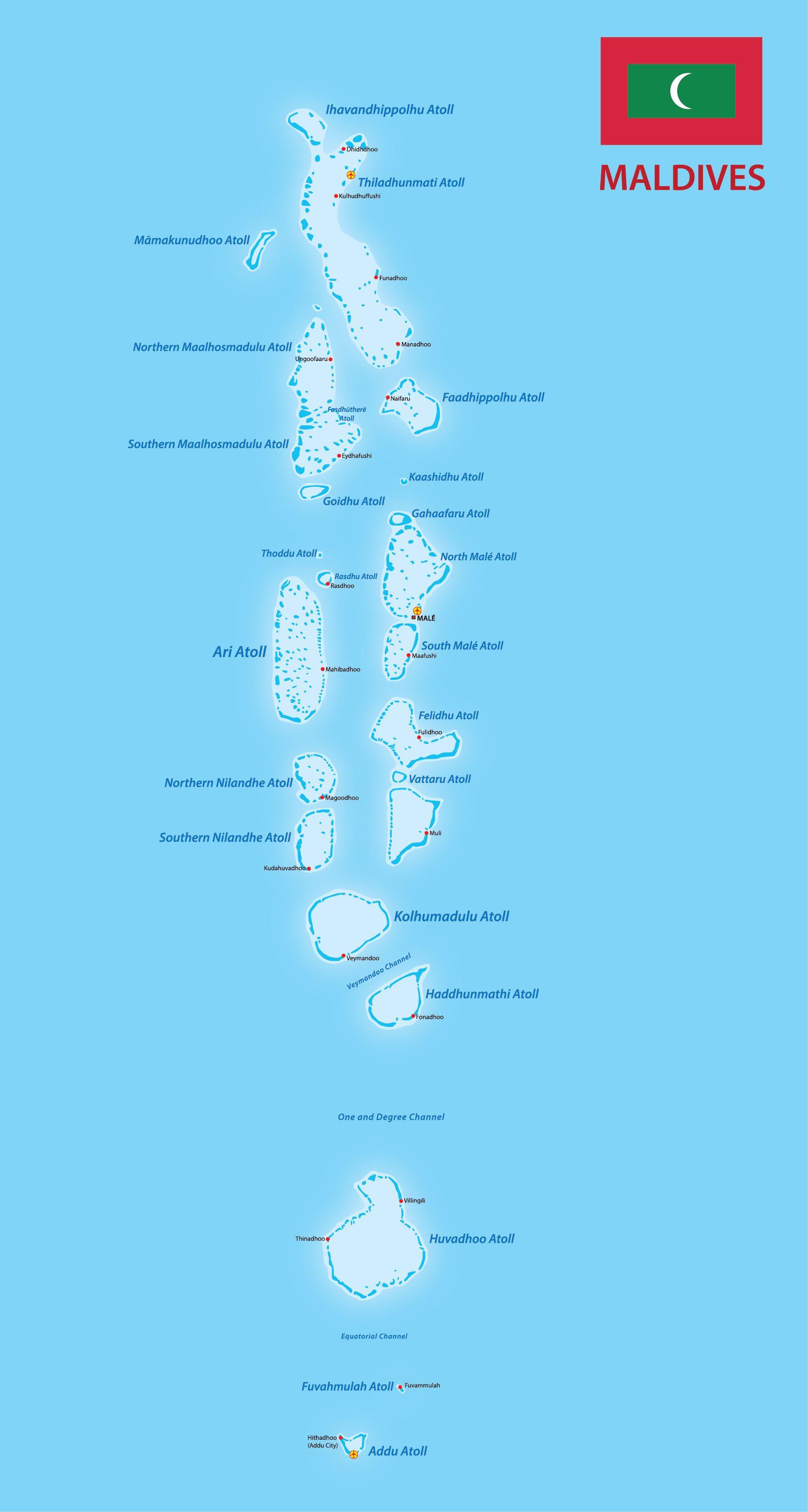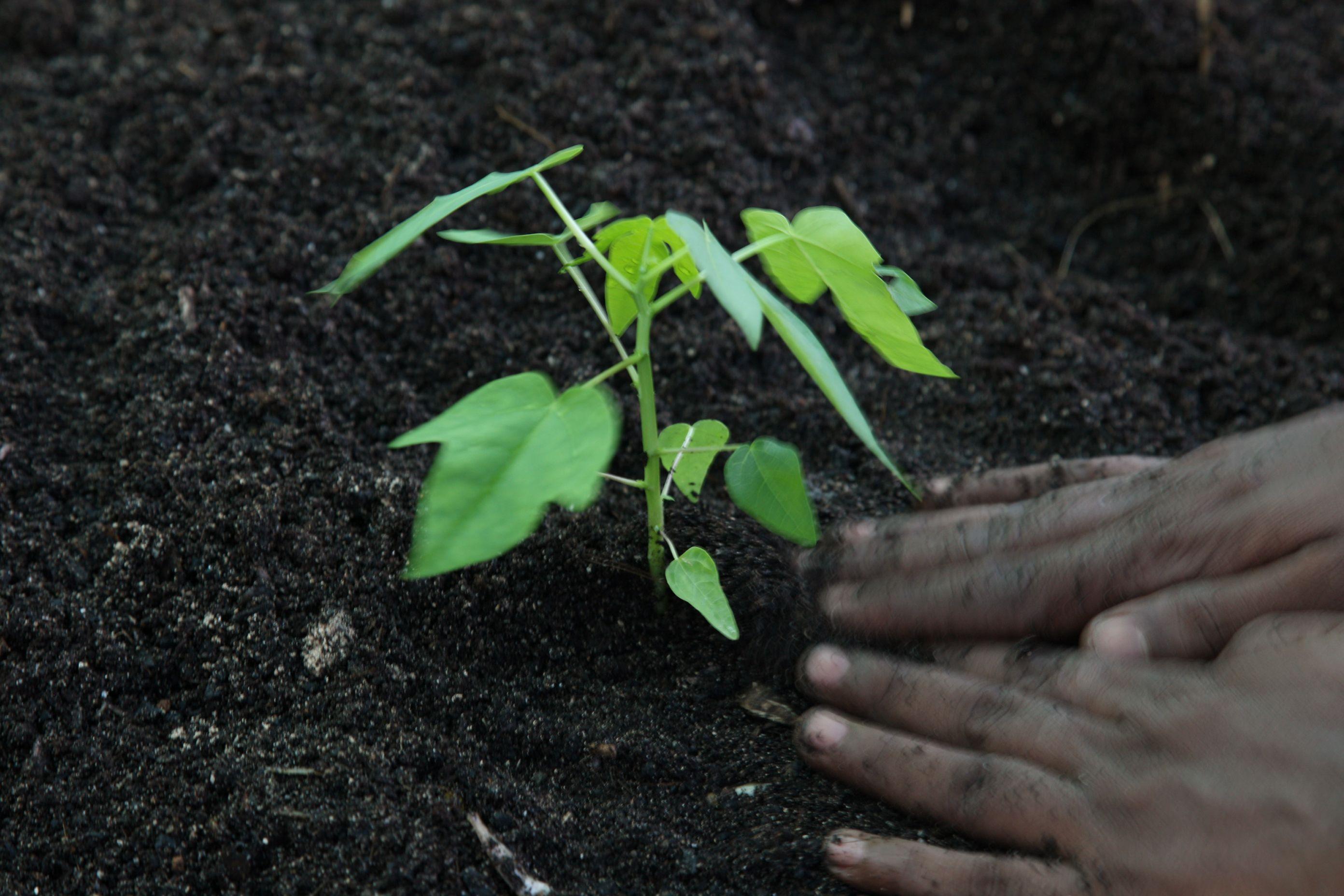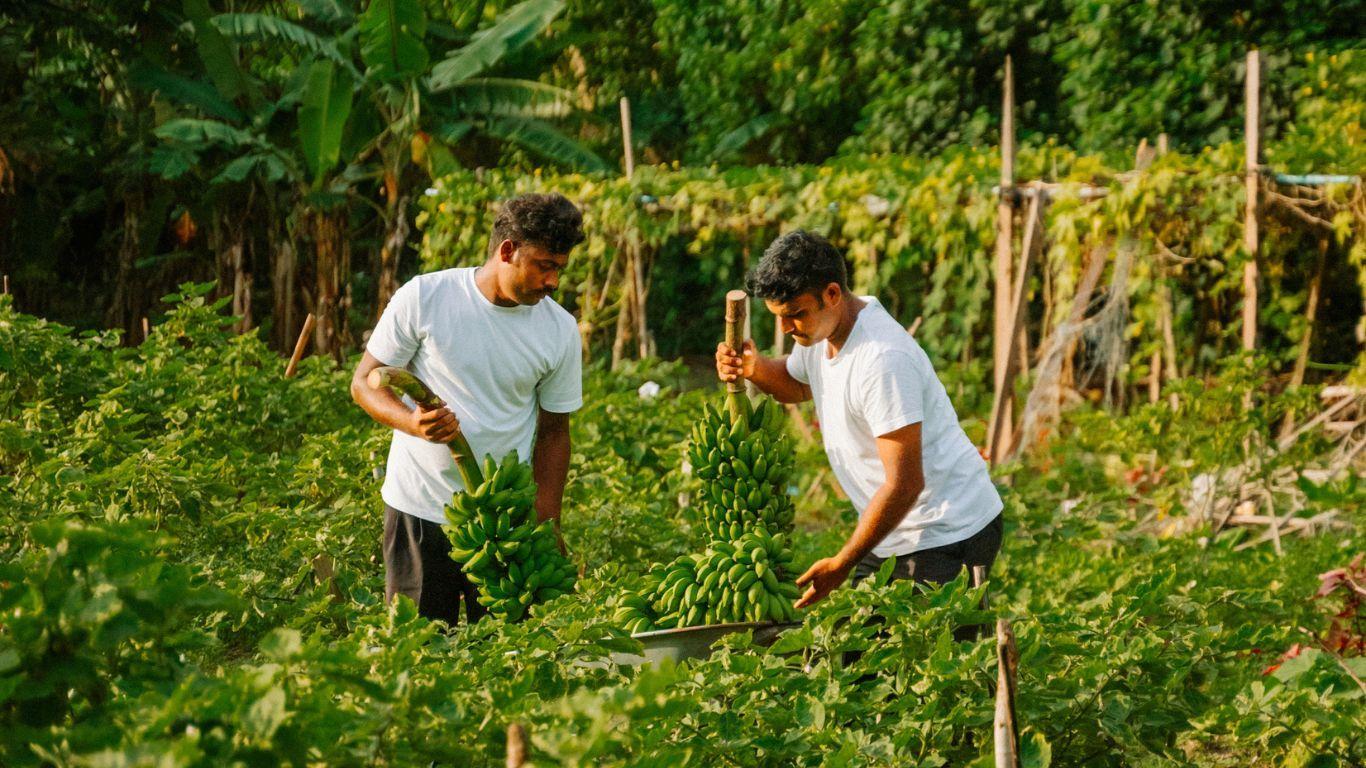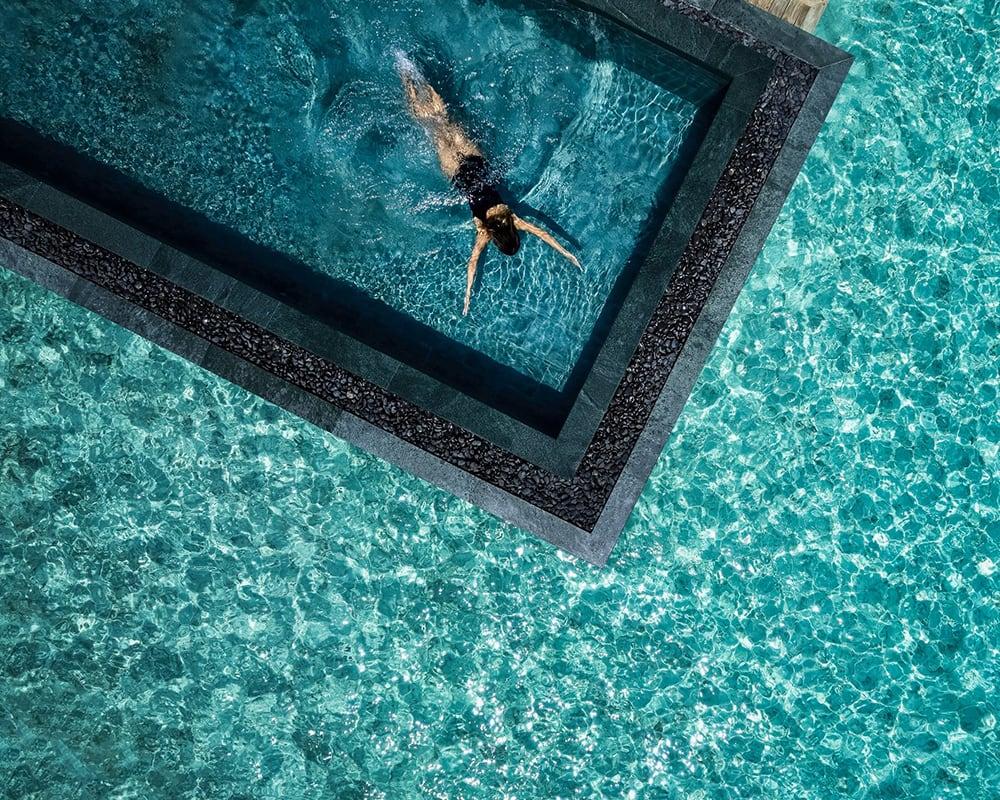
About Maldives
Geography of the Maldives
Geographically, the Maldives is the lowest country in the world. The highest natural point in the Maldives is just 2.4 metres (7.9 feet) above sea level. This low elevation makes the country vulnerable to the effects of climate change, specifically rising sea levels.
Before you continue reading…
Maldives.com is a fully Maldivian travel agency with decades of destination expertise. Our expert travel advisors are local Maldivians who possess deep knowledge of our islands and maintain strong relationships with resorts nationwide, enabling us to secure the best rates for our guests.
We offer comprehensive packages for guesthouses and resorts in the Maldives. To provide you with the most reliable information, all our articles are written independently by experienced writers and rigorously fact-checked by our editors for accuracy.
Contact us on WhatsApp for bookings and personalized travel advice.
The island nation stretches across the equator, spanning about 871 kilometres from north to south and 130 kilometres from east to west, which equals around 113,230 square kilometres of ocean. In contrast to the total sea area, the total land area is only nearly 300 square kilometres, making the Maldives one of the world's most geographically dispersed countries.
The Maldives is renowned for its marine biodiversity. Its coral reefs, which form the seventh-largest reef system in the world, host a rich variety of marine life, including over 1,000 species of fish. This is what makes the country a prime destination for activities such as snorkelling and diving.
The geography of the Maldives significantly influences its economy, with tourism and fishing being the primary industries. The pristine beaches, clear lagoons, and vibrant coral reefs attract tourists from around the globe.
Location

The Maldives is located in a region that offers the country opportunities for tourism and trade. However, it also poses challenges, such as vulnerability to sea-level rise and dependency on imports.
- Ocean: The Indian Ocean encompasses the entire Maldives.
- Continent: The Maldives is part of Asia, specifically South Asia.
- Neighbouring countries: India is about 600 kilometres (370 miles) to the north-east. Sri Lanka is approximately 750 kilometres (470 miles) to the north.
- Equator: The Maldives is on the equator. Some of the southern atolls are in the southern hemisphere, whereas the majority of the country lies just north of the equator.
- Maritime borders: Despite its small land area, the Maldives has a vast Exclusive Economic Zone (EEZ) of about 923,000 square kilometres (356,000 square miles) due to scattered islands.
- Trade routes: The Maldives’ location is significant because it lies along major shipping routes in the Indian Ocean, connecting the Middle East and Asia.
Island Formation and Structure
- Atolls: There are 26 atolls in the Maldives. An atoll is a ring-shaped coral rim that surrounds a lagoon. Over millions of years, these atolls formed.
- Island formation: According to the theory, atolls form on top of sinking volcanoes. As the volcano sinks, coral grows upwards to stay near the water's surface. Eventually, the volcano disappears underwater, leaving a ring of coral.
- Island structure: Most islands are low and flat. Coral sand, coral rock, and other materials from the reef form their structure. The largest island, Gan, in Laamu Atoll, is only 5.16 square kilometres.
- Beaches and lagoons: Islands often have white, sandy beaches. The sand is made up of broken coral. Inside the atoll ring is a lagoon, which is shallow and has clear, blue water.
- Natural protection: The reefs around the islands act as natural barriers. They protect islands from large waves. However, reefs are sensitive to changes in water temperature and pollution.
Vegetation

The soil in the Maldives is not very fertile, and there are limited freshwater sources. Coral fragments, seashells, and other marine materials form its composition. There's little land for large-scale farming.
Agriculture

Poor soil conditions and a lack of arable land restrict agriculture in the Maldives. The main crops are coconuts, breadfruit, and some vegetables like taro and sweet potatoes. The country imports most of its fruits and vegetables for the local population, as well as islands with tourist accommodations. However, there are islands with farms dispersed around the Maldives, which operate on relatively small parcels of land compared to farms in other countries.
Native Plants
The most common native tree is the coconut palm (Cocos nucifera). Other native plants include screwpine (Pandanus), sea lettuce (Scaevola taccada), and beach hibiscus (Hibiscus tiliaceus).
Mangroves

Some islands in the Maldives have mangrove ecosystems. Mangroves are trees that can grow in salty water. They're important because they protect the coast from erosion and provide habitat for fish.
